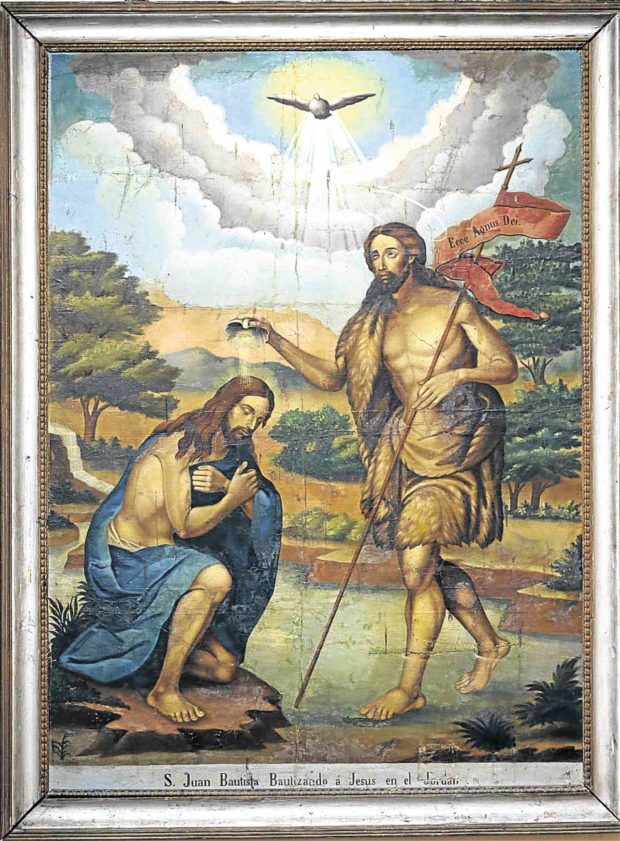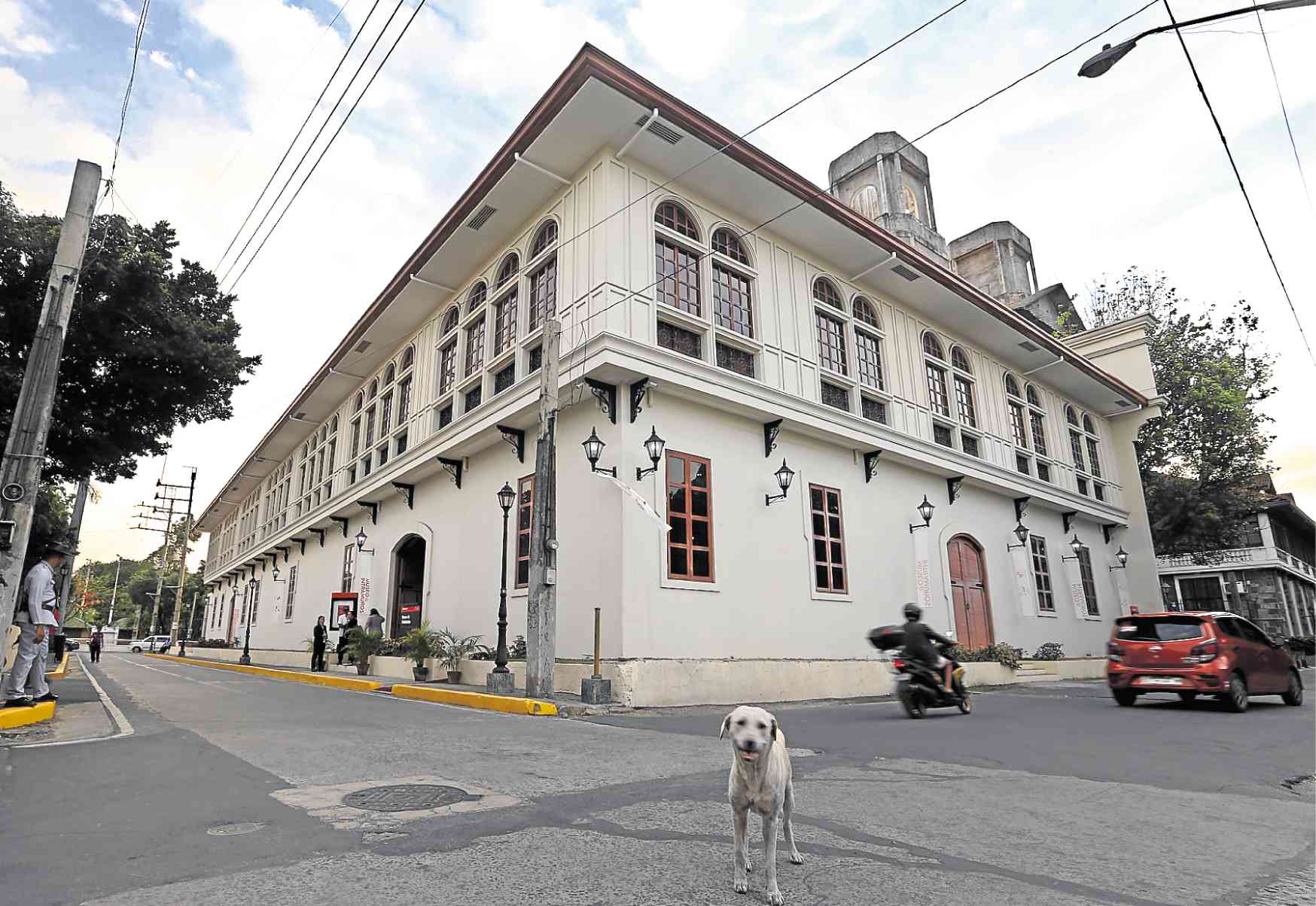
Prepare to be impressed by “Imagines indigena: The Indio Response to Evangelization,” the opening exhibit of the Museo de Intramuros.
Even if you’re not particularly religious, or interested in religious art, the artifacts on display offer a fascinating glimpse into the collision of cultures that occurred when the Spanish colonizers set about transplanting Christianity in our native soil.
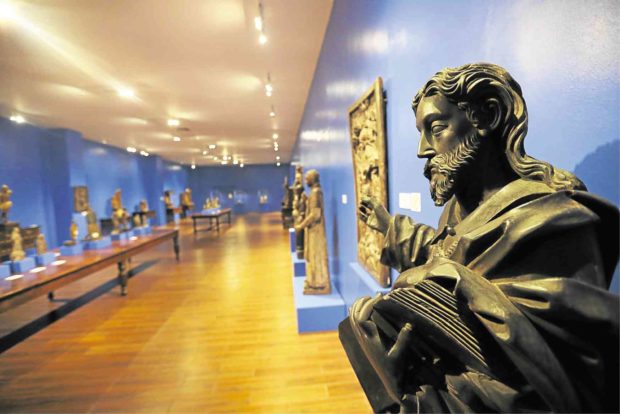
Art was one of the ways in which our ancestors assimilated the new religion.
As the curatorial notes put it, the exhibit “aims to highlight the resulting Filipino artistry and craftsmanship in the merging of the indigenous and the foreign, in the form of religious images belonging to the Intramuros Administration collection.”
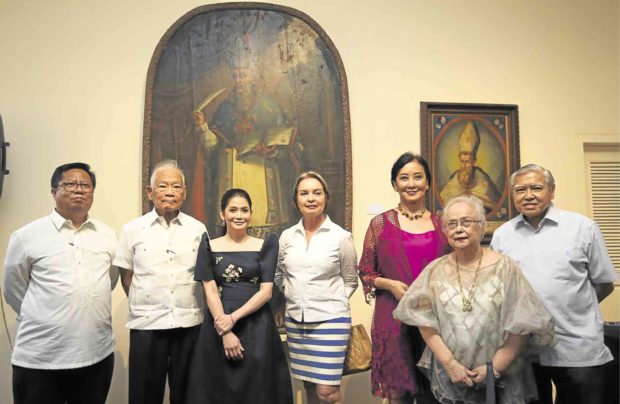
Subtly shaped
Even as they converted, the early Filipinos subtly shaped Christianity to suit their own inner needs.
“The initial response of the indio to evangelization was intimate, personal… their perception of godhood was tied to their own belief system of the anito (spirits) and their own native pantheon of gods, being dispensers of good and evil.”
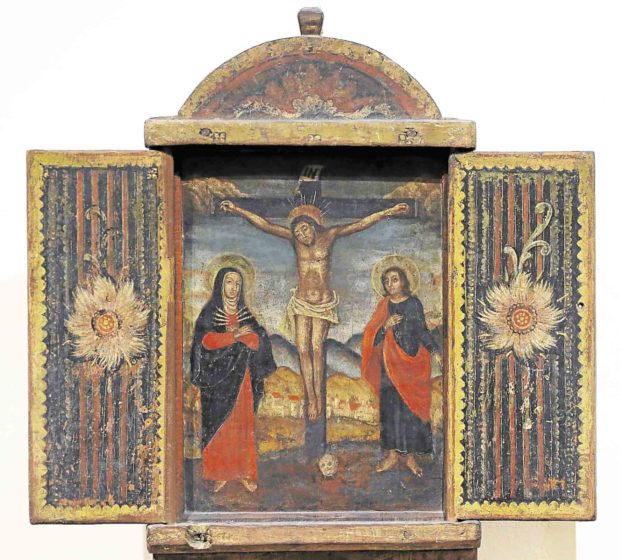
The exhibits are divided into six categories, each with its own room: the Immaculate Conception, the Religious Orders, the Patronato Real and the Establishment of Parishes, Religious Colonial Paintings, the Establishment of a Parish and Sacred Vessels, and the Indio Response.
The exhibit was curated by a panel of experts consisting of Esperanza Gatbonton, Gino Gonzales, Cecilia de la Paz, Santiago Pilar and Martin Tinio Jr.
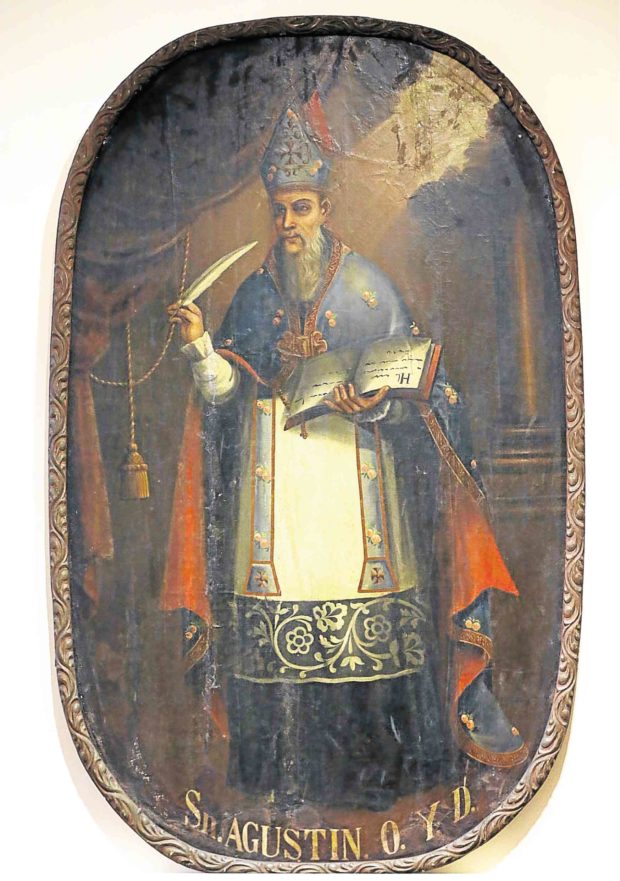
The current exhibit represents only a third of the Intramuros Administration’s collection, a veritable treasure trove of Filipino heritage. In his welcome remarks, Intramuros Administration head Guiller Asido said the exhibit is a work in progress, and that exhibits will be changed periodically to allow the public to appreciate the rest of the collection.
Best of all, in celebration of the Intramuros Administration’s 40th anniversary, entrance to the Museo de Intramuros will be free for the next six months.
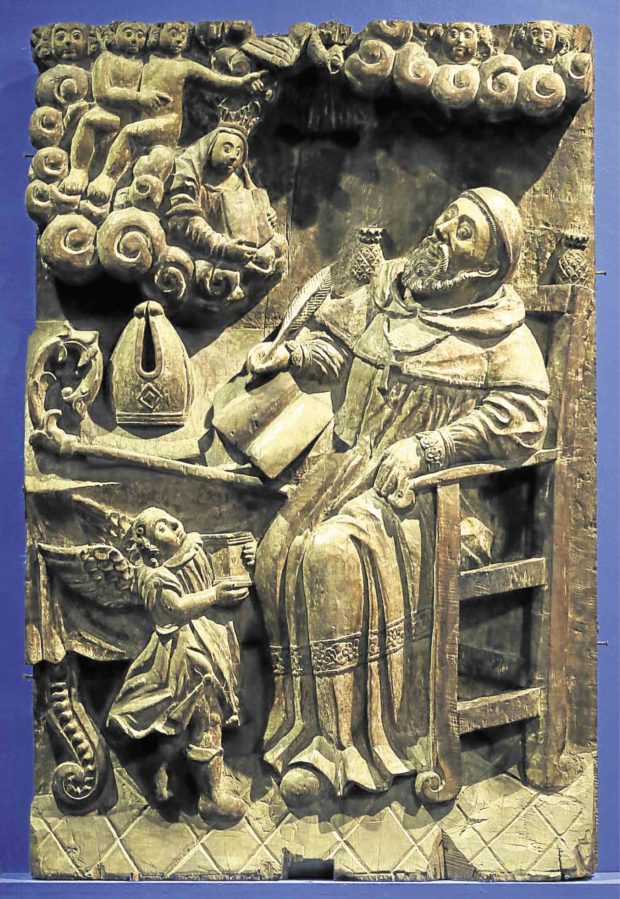
The Museo de Intramuros is housed in the reconstructed San Ignacio Church and the Jesuit Mission House, on the corner of Arzobispo and Anda Streets in Intramuros, Manila. The museum is open from 9 a.m. to 5 p.m., Tuesday to Friday.

